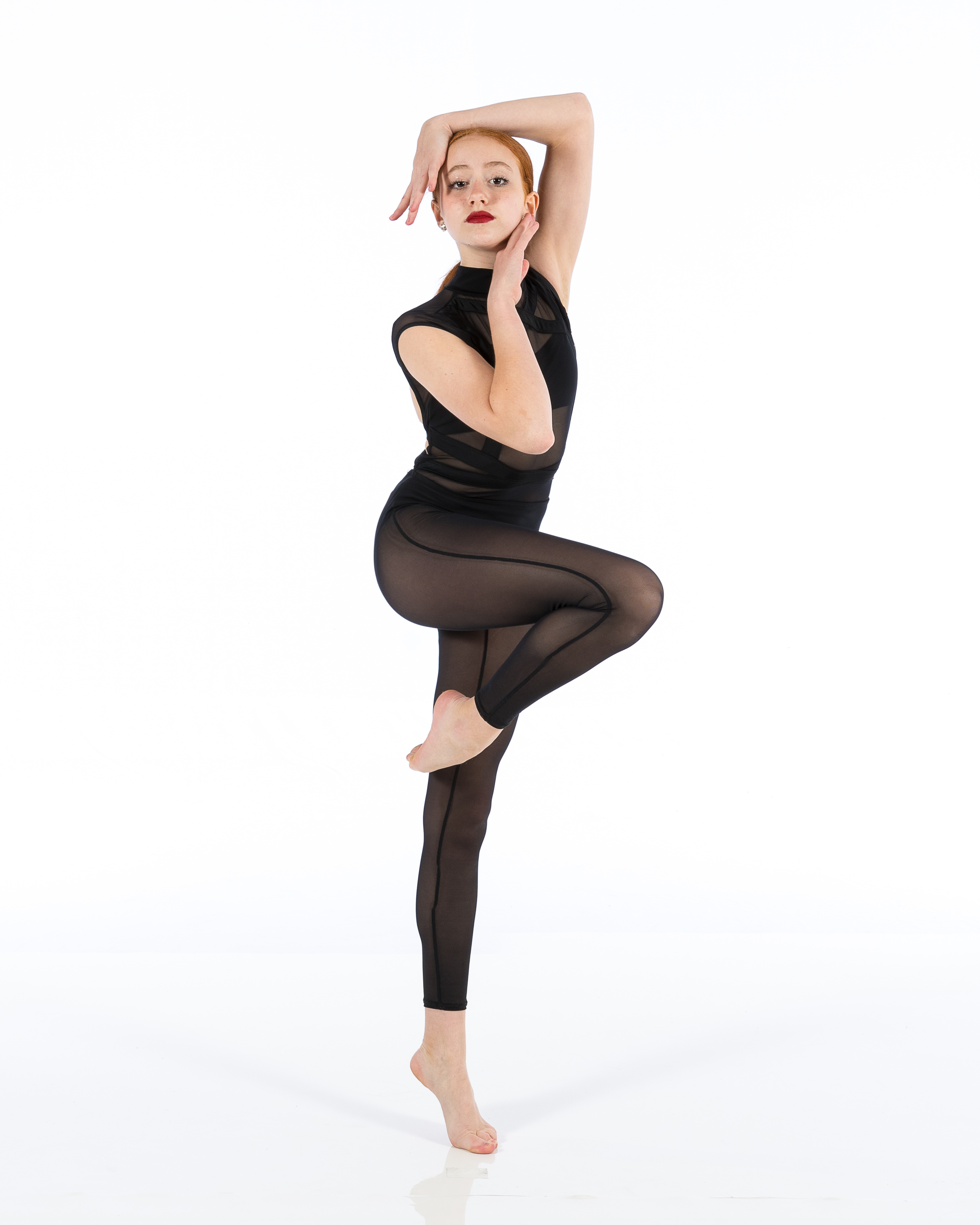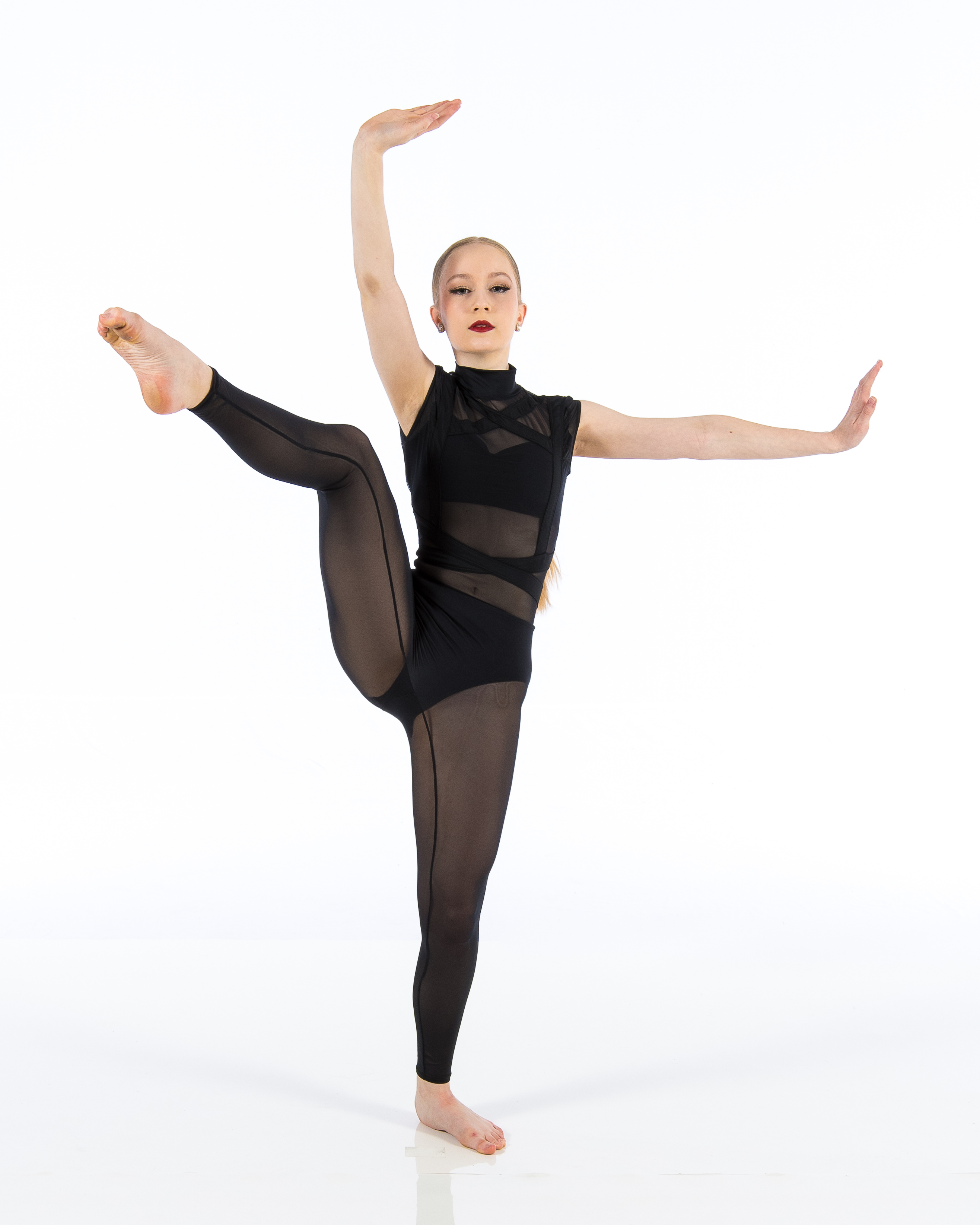When you step into a dance studio, what’s the first thing that hits you? The rhythm pulsating through the walls, the energy of dancers twirling and gliding across the floor, or perhaps, the realization that your shoes might just be the most important accessory in your dancing journey. Choosing the Right Shoes for Different Types of Dancing can transform your experience from ordinary to extraordinary. Let’s dive deep into this vibrant world where footwear meets artistry.
Understanding Dance Styles
The Importance of Dance Styles
Before we delve into shoes, it’s crucial to understand the various dance styles and their unique characteristics. Each dance form has its own tempo, movement dynamics, and floor requirements. This understanding will help tailor your shoe choice.
Popular Dance Styles Explained
Ballet- Ballet is characterized by grace and precision. It requires shoes that provide support and allow for pliability.
- Jazz dancing is all about flair! Jazz shoes enhance footwork while allowing sufficient flexibility.
- Hip hop demands agility and comfort. Sneakers are typically preferred for their grip and cushioning.
- Ballroom dancing involves smooth movements across a variety of surfaces. Specialized ballroom shoes with suede soles are commonly used.
- Tap shoes have metal plates on the soles to create sound. They need to fit snugly to facilitate precise footwork.
- Contemporary dance blends techniques from several genres, requiring versatile footwear—often soft-soled ballet flats or bare feet.
- Latin dances like Salsa require shoes that offer flexibility and can handle quick turns.
The Connection Between Style and Footwear
So why does style matter when choosing shoes? Well, each dance form places different demands on your feet, which means your footwear needs to respond accordingly.
Choosing the Right Shoes for Different Types of Dancing
Ballet Shoes: The Foundation of Grace
When discussing Choosing the Right Shoes for Different Types of Dancing, ballet shoes stand out as a quintessential choice for aspiring ballerinas and seasoned dancers alike.
Types of Ballet Shoes
- Soft Ballet Slippers: Ideal for beginners; they offer flexibility. Pointe Shoes: For advanced dancers; they provide support during intricate movements but require proper fitting.
How to Choose Ballet Shoes
Fit: The shoe should hug your foot without pinching. Material: Canvas or leather—each has its benefits. Dance Studio Sole Type: Full sole vs. split sole affects flexibility.Jazz Shoes: Flexibility Meets Style
Jazz shoes are essential in jazz classes at any dance studio due to their versatility.
Features of Jazz Shoes
- Material: Often made from leather or canvas. Sole: Most have rubber soles for better traction.
Selecting Jazz Shoes
Size Matters: Ensure a snug fit without being too tight. Type: Slip-on vs laced; choose based on personal preference.Hip Hop Sneakers: Comfort Over Everything
In hip-hop classes, sneakers reign supreme because they blend style with comfort.
Key Features of Hip Hop Sneakers
- Cushioning: Offers shock absorption during high-impact moves. Grip: A good sole ensures you won’t slip while busting a move.
Choosing Hip Hop Sneakers
Weight: Lightweight options are best for agility. Support: Look for ankle support if you’re doing tricks.Ballroom Shoes: Elegance on the Dance Floor
Ballroom dancing is not only about technique but also about looking fabulous!
Categories of Ballroom Shoes
- Men’s Latin and Standard Shoes Women’s Latin Heels
How to Pick Ballroom Shoes
Heel Height: Taller heels enhance posture but may require practice. Sole Material: Suede soles help with smooth gliding across floors.Tap Shoes: Making Music with Every Step
For those who love rhythm, tap dancing is exhilarating—and so are tap shoes!

Components of Tap Shoes
- Taps: Metal pieces attached to the sole create sound.
Finding Your Perfect Tap Shoe Fit
Snug Fit: They should fit tightly without causing discomfort. Sound Quality: Test them before purchasing!Contemporary Dance Footwear: Go Barefoot or Not?
Contemporary dancers often prefer minimalistic designs or going barefoot altogether.
Options in Contemporary Dance Footwear
Foot Undeez Ballet FlatsSelecting Contemporary Dance Gear
Consider comfort and enabling freedom of movement above all else!

FAQ Section
1) What type of shoe should I wear for my first dance class?
For beginners, it's recommended to wear comfortable sneakers or specific dance shoes depending on your chosen style (ballet slippers for ballet, jazz shoes for jazz).
2) Can I wear regular sneakers for hip hop?
Absolutely! Just ensure they’re lightweight and have good grip; however, specialized hip hop sneakers can improve performance.
3) How do I know if my ballet shoes fit properly?
Your ballet shoes should feel snug without cramping your toes—there should be no gaps at the heel when you're standing en pointe.
4) Do I really need special ballroom shoes?
Yes! Specialized ballroom shoes provide better support and enable smoother movements compared to regular footwear.
5) What's more important—style or comfort?
While both are significant, comfort should always take precedence since you'll be moving extensively in these shoes!
6) Are there any brands recommended for tap shoes?
Brands like Bloch and Capezio are renowned in tap dance circles for their quality footwear options.
Conclusion
Navigating through the myriad choices when it comes to footwear is an integral part of pursuing any form of dance seriously—not just a mere afterthought! Remember that each shoe type serves its purpose uniquely tailored towards enhancing performance while ensuring safety and comfort during those mesmerizing moves on stage or in a studio setting.
Whether you're waltzing across a ballroom floor or grooving in a hip-hop class at your local dance studio, remember that choosing wisely will make all difference in how you express yourself through movement! By following this guide on “Choosing the Right Shoes for Different Types of Dancing,” you’re one step closer toward elevating your dancing journey!